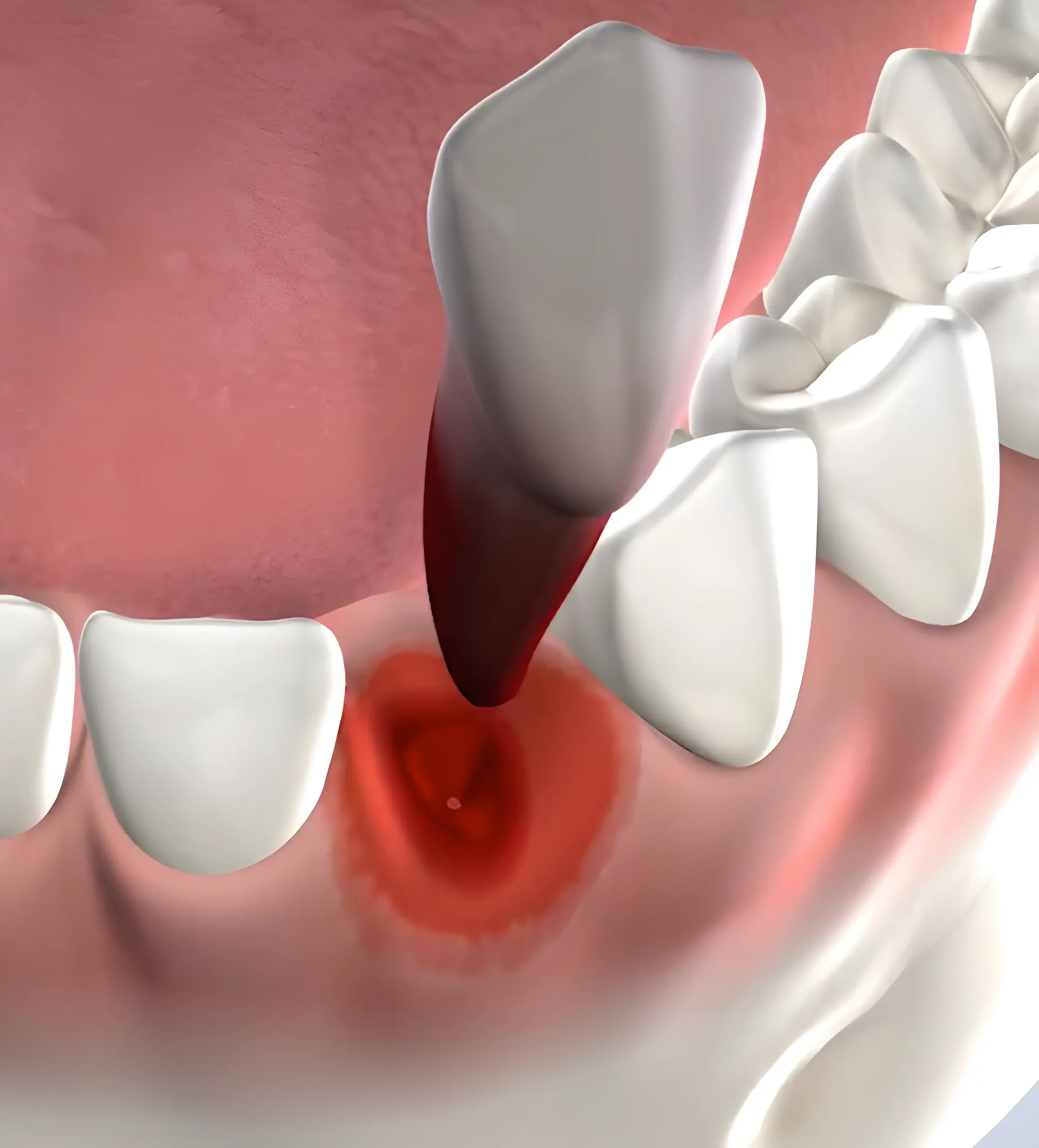June 2020
There are many common reasons for extraction, most of which require tooth removal to preserve the health of the other teeth and oral structures. Sometimes a dentist can repair a damaged tooth through fillings, root canals, or other dental procedures, but in more severe cases an extraction is the only way to treat a dental condition.
If you have had a permanent tooth extracted, we offer tooth replacement solutions such as dental implants. The dental implant can sometimes even be placed during the same procedure as a dental extraction. For patients with many teeth missing or in need of extraction, we offer the incredible 4-Hour Smile procedure to completely restore your smile.
Do I Need a Tooth Pulled?
If you are experiencing any of these symptoms, you may need to have a tooth extracted. It’s important to attend regular dental checkups so that any problems can be detected early and your dentist can refer you to an oral surgeon when needed.
- Tooth decay or severe infection. When a tooth has decayed to an extent that makes it impossible to save the tooth through fillings, root canals, or other restorative procedures, an extraction may be necessary to prevent the damage from spreading to your healthy teeth.
- Tooth damage or injury. When a tooth is broken beyond repair from a facial injury or other accident, sometimes removal is the only solution.
- Dental crowding. If teeth are overcrowded together, or if you have extra teeth growing into your mouth, removing a tooth may be necessary to allow other teeth to align properly.
- Periodontal disease (gum disease). Gum disease can affect the tissue and bone beneath the gums, causing the teeth to become loose in severe cases. If the teeth are too loose in their sockets, extraction may be the only viable treatment option.
- Baby teeth. If a child’s baby teeth do not fall out in time, they may need to be removed to make space for the adult teeth to grow in.
Tooth Extraction Procedure
Dentists typically refer patients to oral surgeons if a tooth needs to be extracted in general, for more complicated extractions, or because oral surgeons offer anesthesia and sedation options. Our office will also take 3D CBCT scans to get a clear picture of your teeth and oral health.
Most patients undergo either local or IV anesthesia during a tooth extraction. Some teeth can simply be removed with forceps, while others may need to be broken into pieces first. A bone graft may be placed in the empty socket to preserve the structure of your jaw. If you are receiving a dental implant, the implant post may be inserted immediately after the tooth is extracted.
Hear From Tooth Extraction Patients
Reviews From Our Tooth Extraction Patients
These patients can tell you about their firsthand experience of undergoing tooth extraction at our office.





